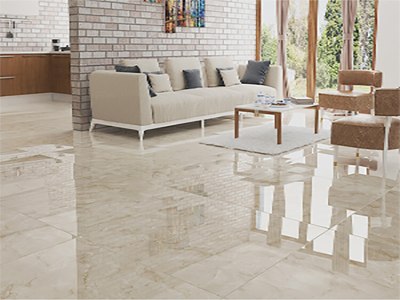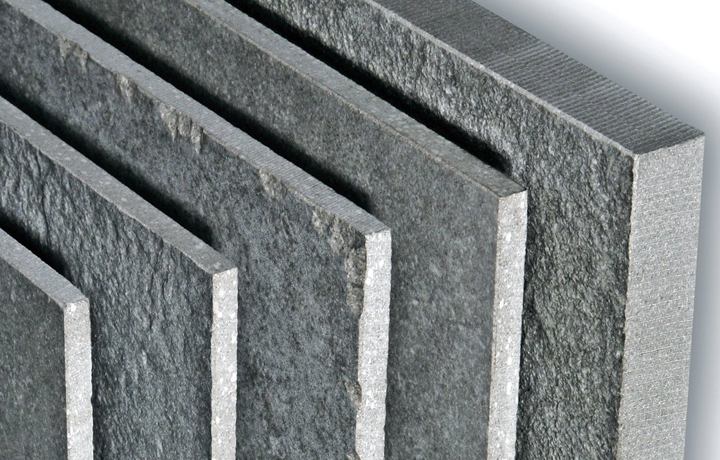Porcelain ceramics offer a wide range of designs that not only enhance the beauty of your home but alsoensure long-lasting performance

Classification of porcelain tiles and ceramics based on quality and types of materials used
Porcelain tiles can be categorized based on their quality and the types of materials used in their manufacturing. The main classifications include:
Standard Porcelain Tiles: Made from a mixture of kaolin, feldspar, and quartz, these tiles are known for their durability and affordability. They are suitable for various applications, both residential and commercial, and offer a good balance between quality and cost
Fine Porcelain Tiles: These tiles contain a higher percentage of kaolin and are fired at higher temperatures, resulting in a finer and more translucent product. Fine porcelain is often used for decorative purposes and high-end tableware, valued for its aesthetic appeal and craftsmanship
Vitreous Porcelain Tiles: Characterized by low water absorption, vitreous porcelain tiles are ideal for outdoor use. The higher firing temperature enhances their durability and resistance to weather elements, making them suitable for patios and walkways
Impervious Porcelain Tiles: This category features extremely low porosity, making these tiles perfect for wet areas such as bathrooms and kitchens. Their resistance to moisture and stains makes them a popular choice for commercial environments as well
Porcelain Stoneware Tiles: Made from a blend of stone and clay, porcelain stoneware tiles have a rustic appearance and exceptional durability. They are often used for flooring and outdoor applications due to their strength and resistance to wear
Sale and export of ceramic tiles in bulk and reasonable price

Can you explain the properties of porcelain compared to regular ceramics
:Porcelain has several distinct properties compared to regular ceramics
Density and Weight: Porcelain is denser and heavier than regular ceramics, contributing to its strength and durability
Water Absorption: Porcelain has a very low water absorption rate, typically less than 0.5%, making it more resistant to stains and moisture. Regular ceramics usually have a higher absorption rate
Strength: Porcelain is generally stronger and less likely to chip or crack compared to regular ceramics, which are more prone to damage
Surface Finish: The surface of porcelain is usually smoother and more polished, giving it a more refined appearance. Regular ceramics may have a rougher or less uniform surface
Thermal Resistance: Porcelain can withstand higher temperatures and is more resistant to thermal shock, meaning it can handle sudden changes in temperature better than regular ceramics
Color and Opacity: Porcelain tends to be whiter and more translucent than regular ceramics, which can have a range of colors and are often more opaque
Usage: Due to its durability and aesthetic qualities, porcelain is often used for fine tableware, tiles, and decorative items, while regular ceramics are commonly used for everyday dishes and functional items
These differences make porcelain a preferred choice for many applications requiring durability and aesthetic appeal















